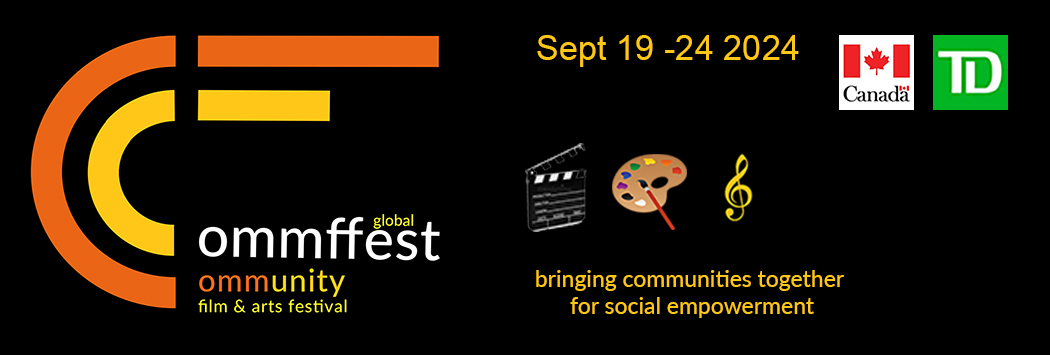Global Youth Unemployment Tuesday OCT 11 10.30am -12.30pm single tickets $8.00 seniors and youth $5.00 at the door
pass$25.00 for all 4 days
My Millennial Life 52 min Canada
Directed by Maureen Judge Produced by Maureen Judge; Charlotte Engel
A major work about the current twenty-something generation’ -
John Doyle, the Globe and Mail My Millennial Life follows
five dynamic millennials over a year, as they launch their lives.
They set out on the same path their parents did, and assumed the
same rules still apply – go to school, get a job, find fulfillment,
fall in love. But somewhere along the way, the rug was pulled out
from under their expectations. They’re living a reality that sees
nearly half of their age group either unemployed or underemployed.
Combining verité filming, interviews and video diary, with humour
and compassion the documentary puts a human face on the quandary
of finding a place in 21st century society.
10.30am Oct 11th
Imagine cinema 80 front St east The film is a part of the conference on global youth unemployment
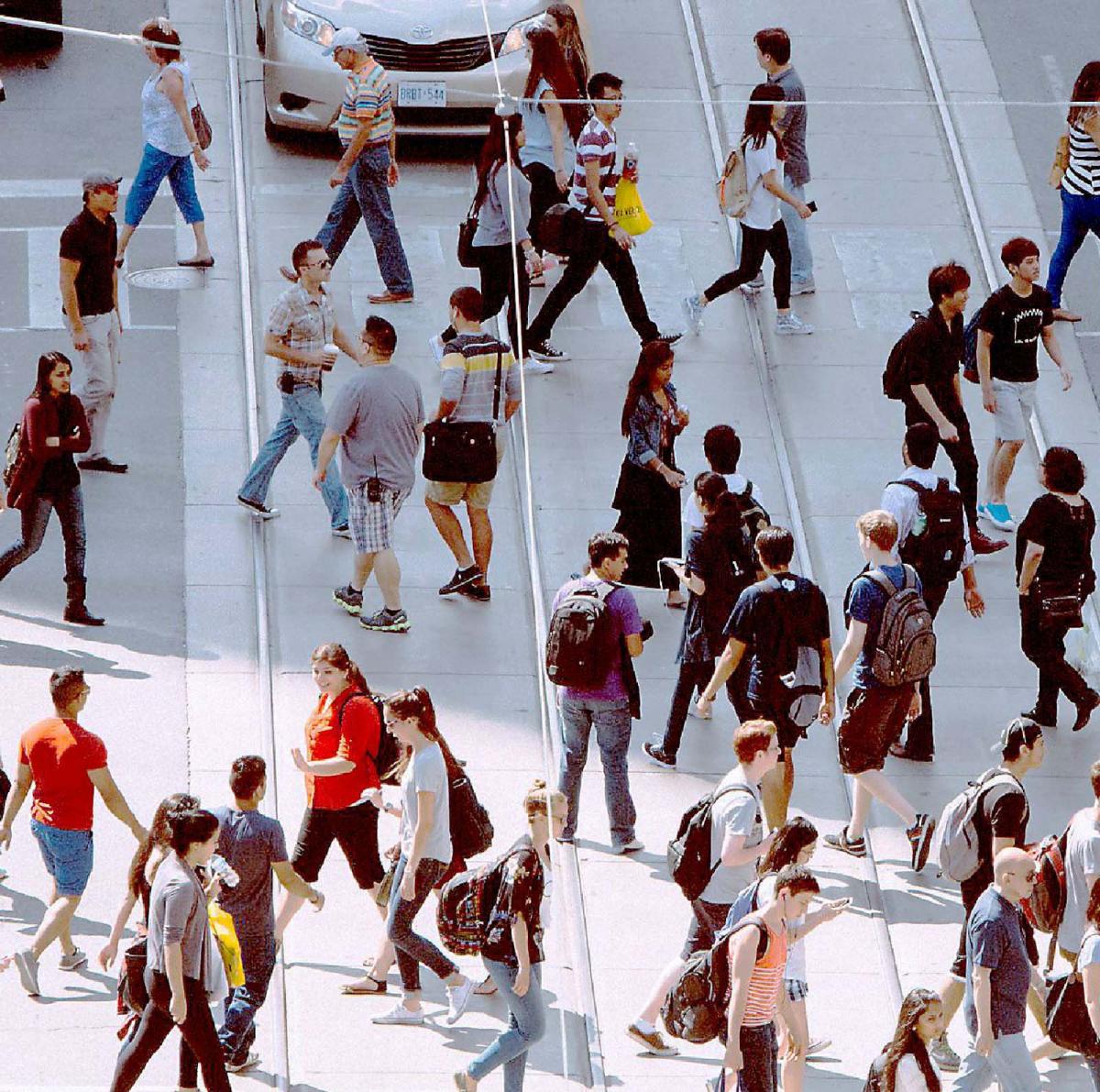 Communities are the building blocks of society and yet recent studies have shown that global youth unemployment is at an all-time high and threatens to destroy whole communities. According to the 2015 International Labor Organization (ILO),
Communities are the building blocks of society and yet recent studies have shown that global youth unemployment is at an all-time high and threatens to destroy whole communities. According to the 2015 International Labor Organization (ILO),
the youth unemployment rate is at approximately 12.7% (well above the pre-crisis level of 11.7% in 2009). For millions of
young people (15 to 24 years of age), finding work that makes use of their unique passions, creativity, skills and capabilities
is a drawn-out uphill struggle. Furthermore, skills mismatch has become more prominent around the globe and costly for
employers, workers and society at large.When young people make a healthy transition from adolescence into adulthood, options expand fur the future. It’s time to scale up community awareness and action on this issue.
Key Reflections:
• What are the systemic barriers to youth employment?
• Are current education approaches and career management practices failing us?
• What is the role of community, government, corporations, NGO’s, parents and educators in designing and deploy
ing sustainable youth employment solutions?
• How can we create breakthroughs for youth in the 21st Century?
• How can we encourage youth to become innovators, thinkers and problem solvers?
Global Age-Friendly Communities Wednesday OCT 12 10.30am.12.30
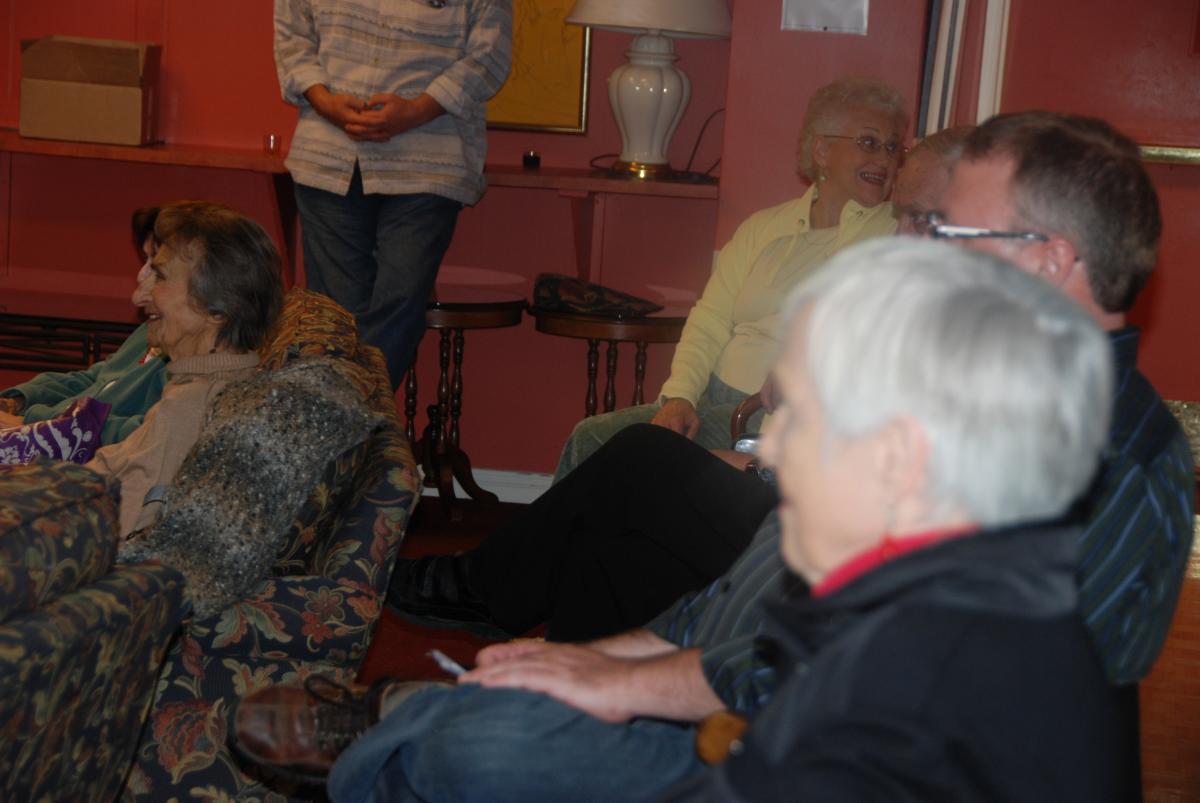 According to the World Health Organization, Population ageing and urbanization are two global trends that
According to the World Health Organization, Population ageing and urbanization are two global trends that
together comprise major forces shaping the 21st century. At the same time as cities are growing, their share of
residents aged 60 years and more is increasing. Aging adults are a resource for their families, communities and
economies in supportive and enabling living environments. Active ageing is a dynamic unfolding process shaped
by several factors that, alone and acting together, favour health, participation and security in older adult life. The
purpose of showcasing this issue is engage global communities share their ideas on how communities can become
more age-friendly so as to tap the potential that older people represent for humanity.
Key Reflections:
• What are the key issues and concerns voiced by aging adults and those who serve them as relates to transportation, housing, social participation, health, respect and social inclusion
• How do age-friendly communities adapt their structures and services to be accessible to and inclusive of older people with varying needs and capacities? What are global best practices?
• What is the role of governments, health sector, non-profit, corporations, parents and family in creating inclusive and thriving ageing communities?
Grey Ambition” is an inspirational documentary about Canadian
seniors over sixty-five who are taking their brain power
to new levels long after retirement. The film is a part of the Global Age friendly communities
Global Migration Thursday OCT 13 10.30am -12.30 2 short films the box and I Am A Doctor
 The Box 13.00m
The Box 13.00m
by Sonia Hadad
in Student Films
A Syrian refugee, number 364, is seeking asylum at West Camp.
He is alone and has no access to outside world. The refugee
is left in the company of West Camp's looping speaker that
prepares him for his evaluation and possible new life.
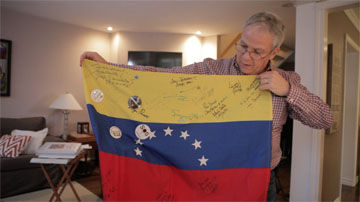 I am a Doctor (5m, Canada)
I am a Doctor (5m, Canada)
dir. by Jaana Hein
Dr. Daniel Salas is an educated surgeon that practised medicine
in Venezuela for 20 years. After re-locating his family to Canada
he is still not able to practice medicine 9 years later.
Screens with The box
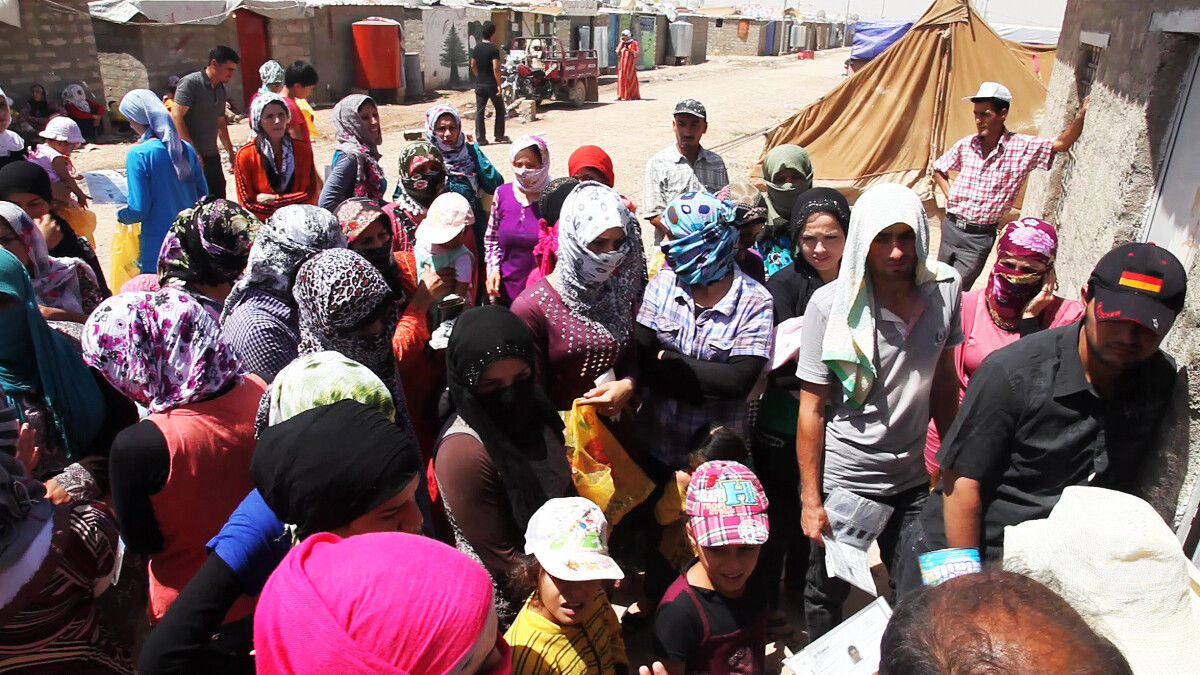 It takes the full participation of an integrated community to call a place a home. The challenge of the 21st Century
It takes the full participation of an integrated community to call a place a home. The challenge of the 21st Century
is that every year millions of people are being displaced around the globe and with small windows of opportunity
for community planning and collaboration. This crisis calls for urgent attention to the humanitarian, social and
economic needs of all refugees and migrants, including migrants who move through irregular means. Conflict,
persecution, extreme poverty, and high levels of unemployment, drive people in search of safety and protection,
decent work and better livelihoods. These situations challenge the international community to respond to the root
causes of these movements. For successful collaboration and welcoming of newcomers to take place, several
variables must be managed effectively to support the development and implementation of a collaborative vision.
Key Reflections:
• What are the systemic issues facing migrant newcomers to global communities?
• What are best practices collaborative planning models for welcoming newcomers to established communities?
• What are best practice frameworks for integrating multi-cultural, demographic and geographic perspectives to create whole and empowered communities?
• What are the critical elements to cultivating collaboration in welcoming communities?
• What is the role of governments, health sector, non-profit, corporations, educators, family and non-traditional stakeholders in creating inclusive and thriving global communities?
Building Socially Inclusive Thriving Communities Friday OCT 14 10.30-12.30
Employment Matters is a documentary that explores the
untapped market and huge potential of the intellectually
disabled in the workplace. The film is part of building inclusive societies
begins with the film Employment Matters 44m by Brandy Yanchyk
 From the pressures and dynamics of globalization, there is a growing international recognition that investment in
From the pressures and dynamics of globalization, there is a growing international recognition that investment in
social inclusion will be a core foundation to economic prosperity and social well-being in the 21st Century.
Successful countries in the global era will develop the social capacities of people and communities, no matter the
social class, gender, culture or background, to live in states of mutual trust and integrity.
Characteristics of Inclusive Community and Cities are:
Integrative, Cooperative, Diverse, Interactive, Equitable, Accessible and Sensitive.
According to a recent study prepared by the Federation of Canadian Municipalities, Social inclusion is promoted
by policies that:
• Reduce economic, social and cultural inequities within the population (e.g. economic disparities, racism, age or gender discrimination, etc.).
• Recognize, value, and support the contributions of all community members to the economic, social and cultural life of a society.
• Respect the shared values/principles and diversities within a society (i.e. mutual accommodation).
Key Reflections:
• What are the systemic issues and core barriers to creating socially inclusive communities?
• What are best practice planning models and community examples for how trust, respect and shared
values can respected amongst diverse populations to create thriving inclusive and productive communities
Women In leadership roles Oct 16th 4.45pm
Women in Leadership
In a recent McKinsey Global Institute Report, “The power of parity: How advancing
women’s equality can add $12 trillion to global growth”, investing in access to
essential services and reducing the gap in labor-force participation rates could
significantly expand the global economy by 2025. According to McKinsey,
if every country narrowed the gender gap at the same historical rate as the
fastest-improving country in its regional peer group, the world could add
$12 trillion to annual gross domestic product in 2025. That’s some 11 percent
higher than it would be under the business-as-usual scenario. According to
Statistics Canada, Women’s involvement in the labour force has risen at a slow
pace since 1990 and high-potential women are advancing more slowly than their
male peers, in terms of both career progression and pay. This fact is also
noted by Catalyst, the leading non-profit organization with a mission to
accelerate progress for women through workplace inclusion.
The core issue is that organizations, communities and countries that disregard this
critical talent-management gap risk attracting, developing, and empowering a high
performing total workforce that serves as the next generation of leaders.
Key Reflections:
·What systemic barriers are influencing women’s low participation rate in the labor force?
·What systemic barriers are impacting gender equality in the workforce?
·What system support and solutions are required to re-balance gender
equality and empower both men and women in global societies to actualize their potential?
